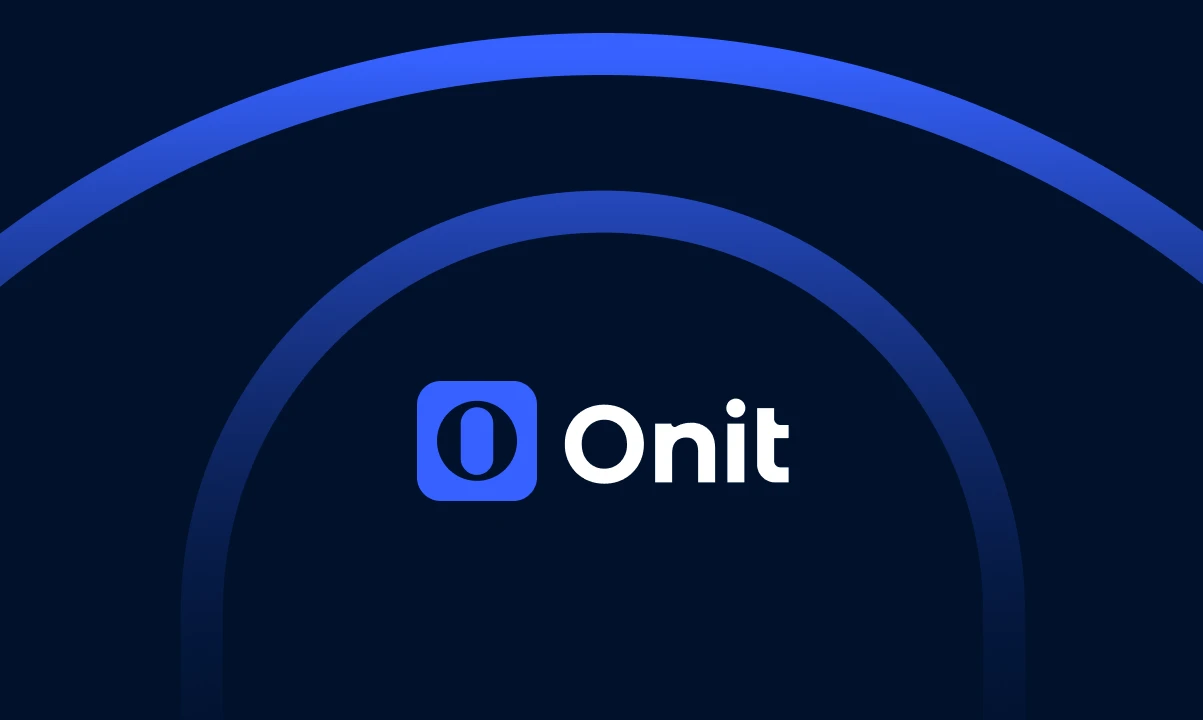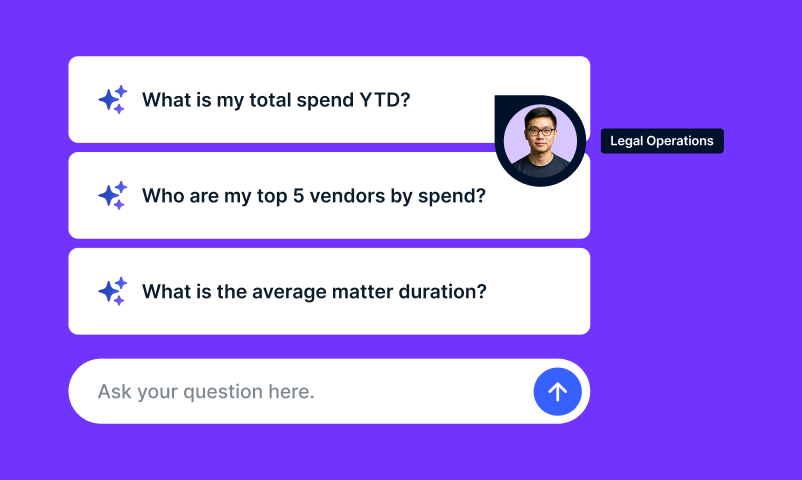“Eventually everything connects – people, ideas, objects. The quality of the connections is the key to quality per se.”
– Charles Eames
Life used to be lot easier, right? Well, that depends on who you ask. One thing is for sure – computers were a lot simpler. Databases and other application software usually served their purpose and we would just switch from one application to another when we needed to. But in most cases these programs were virtually separate and were not able to exchange data. We’ve all heard of ‘working in a silos.’ Well, those applications were basically information silos. Connections between programs, if any, were simple point-to-point and set up on an as-needed basis. After a while, this collection of connections would become very difficult to maintain and not very efficient. Essentially, what was missing was unrestricted and seamless sharing of data and business processes among all the application or data sources in the enterprise.
Nowadays, complex systems and programs need to interact with each other even more than in the past. Ideally, we want to connect applications in order to simplify business processes and avoid having to make extensive changes to existing applications. Processing data, requests, confirmations, and messages are just some of the interactions that are happening every second of the day, and it just makes sense to have applications that can share large amounts of data for processing or organization.
Let’s say a company has implemented a new legal technology solution for legal service requests, legal holds, contract management or a complex enterprise legal management system. In addition to their new technology, the company will continue using their existing applications such as AdobeSign, DocuSign, Microsoft Active Directory, ILM, iManage, Salesforce, PeopleSoft, One IBM or a myriad of other applications. All of these can be integrated with their newest technology solution but it needs to be done the right way.
As you’re shopping around for new process automation technology, you may hear fancy terms describing various integration methods. Flat-file integration allows data to be passed between different systems without necessarily connecting directly to them. API integration uses a protocol such as REST or SOAP and is the more modern method of integrating, but not always the best solution. For example, not all applications have available APIs for integration. Native actions are built by the technology provider are another method used. Every customer has a unique integration situation, so it’s extremely important to get it right the first time.
One thing many people overlook when looking for new process automation technology, is the importance of looking at the provider’s ability to use the best integration method for your particular situation. Partnering with a provider who is proficient with more than one integration method is also a big advantage. It’s all too easy to get caught up in all the great features of the new product and what it will do for your company. Just remember to look at how the provider will integrate it. You can implement the best technology available, but without proper and solid integration you won’t be getting the best out of it.




